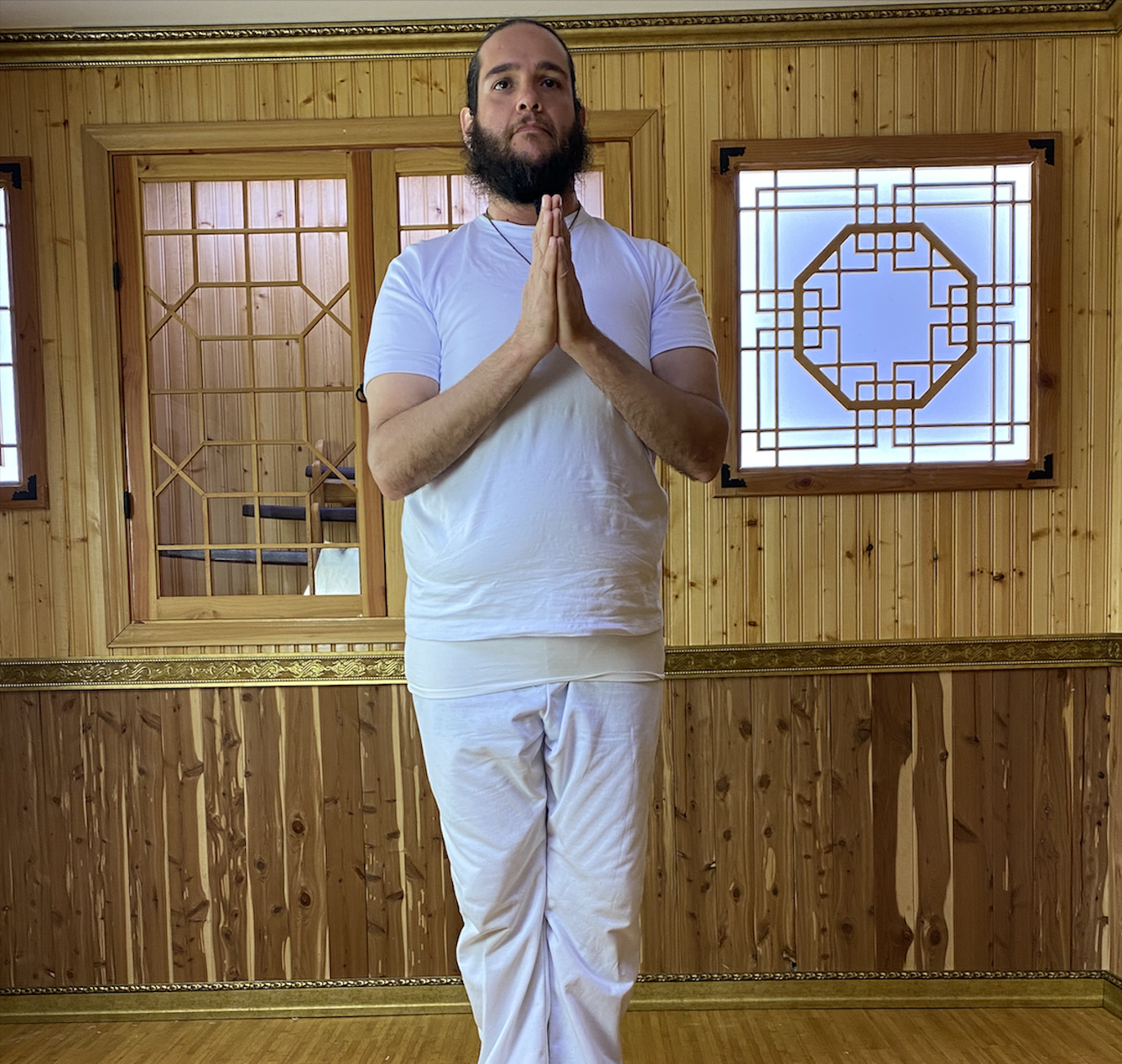
How We Started
Bango Meditation Center was founded on the principles of Sundo.
We are located in Renton, Washington, offering numerous types of meditation practices. Bango Meditation Center Washington is a peaceful oasis where anyone can learn methods to experience lasting happiness. Everyone is welcome!
Origin: Sundo is a Korean Taoist art based on meditation, and which aims at the personal development of its practitioners, both at the physical, mental and spiritual levels.
Through the practice of meditation, abdominal breathing and holding positions, the practitioner cultivates his “Ki” (vital energy, also called Qi in Chinese), and develops flexibility, physical ease, health and serenity.
Rather similar to Indian Yoga or Chinese Qigong arts like Tai chi, Sundo has its origins in the mountains of present-day Korea, millennia ago; The particularity of this art is the extreme richness of the exercises according to the level of the practitioner, which allows a smooth progression adapted to the rhythm of life of modern humans.
Sundo (Hangul: 선도; Hanja: 仙道) should not be confused with Sunmudo (Hangul: 선무도; Hanja: 禅 武 道). Although their pronunciations appear similar, the former is a Taoist health practice based on static postures and meditation, while the latter is a Buddhist martial art based on dynamic movements.
GV's 28 Acupuncture points are connected to the 28 acupuncture points on the Korean astronomical map, and CV's 24 points are connected to the 24 solar terms of Asia. They are all related to the sun's orbital period, and this is connected to the body and transferred to the Immaek and Dokmaek.
Words from director Gon Kim
“I was born in Hakseong-dong, Ulsan, Korea in October 1969. In the early spring when I was 13 years old, on the day of my first middle school field trip, my mother passed away. After that, I had questions about life and naturally fell into meditation. Around 1984, meditation was introduced in Korea. As the boom broke out across the country, I also fell deeper into it.
To begin with, I read a meditation book on my own and naturally sat cross-legged while looking at my lower body and breathing.
But this was a look I saw a lot. It was exactly the image of Buddha.
Because my family was a Buddhist family, we often went to the temple.
And after my mother passed away, I naturally began to cry various sutras. In particular, when I cried the Heart Sutra even during meditation, tears formed in my eyes.
'Form is emptiness, emptiness is form'
Then, when I was late 18, I met my Taoist master. He was an Oriental medicine doctor and a descendant of one of the Taoist families that have traditionally existed in Korea. He heard from his words that our progenitor was called Bango and that he came from North Buyeo to present-day Korea. I have been in a relationship with this person for about 10 years and have learned many things from him. My Taoist foundation was created through this person. I can never forget how grateful I am.
Thank you, Master...”


